Week 1-2: Foundation Documentation
Your portfolio journey begins from day one of your online tattoo course, not after graduation. These initial## Week 3-4: Technical Skill Showcase
As basic techniques solidify, portfolio documentation shifts toward showcasing technical competence. Focus on capturing clear, detailed images of line work, demonstrating consistency, smooth curves, and proper saturation. These fundamental skills matter more to employers than artistic complexity.
Photograph practice skins at multiple angles showing dimension and technique quality. Close-up shots revealing line crispness and consistency prove technical capability. Include both healed and fresh work if possible, demonstrating understanding of how tattoos settle. This attention to detail distinguishes serious students from casual learners.
Begin creating comparison sets showing daily improvement. Photograph the same exercise—straight lines, circles, gradients—executed daily. These progressive sequences powerfully demonstrate dedication and rapid skill development. Time-lapse videos of practice sessions add dynamic content to digital portfolios.
Write brief descriptions for each documented piece explaining technical focus. “Practicing 7RL line consistency at 7.5 volts” provides context employers value. This technical vocabulary demonstrates theoretical understanding alongside practical application.
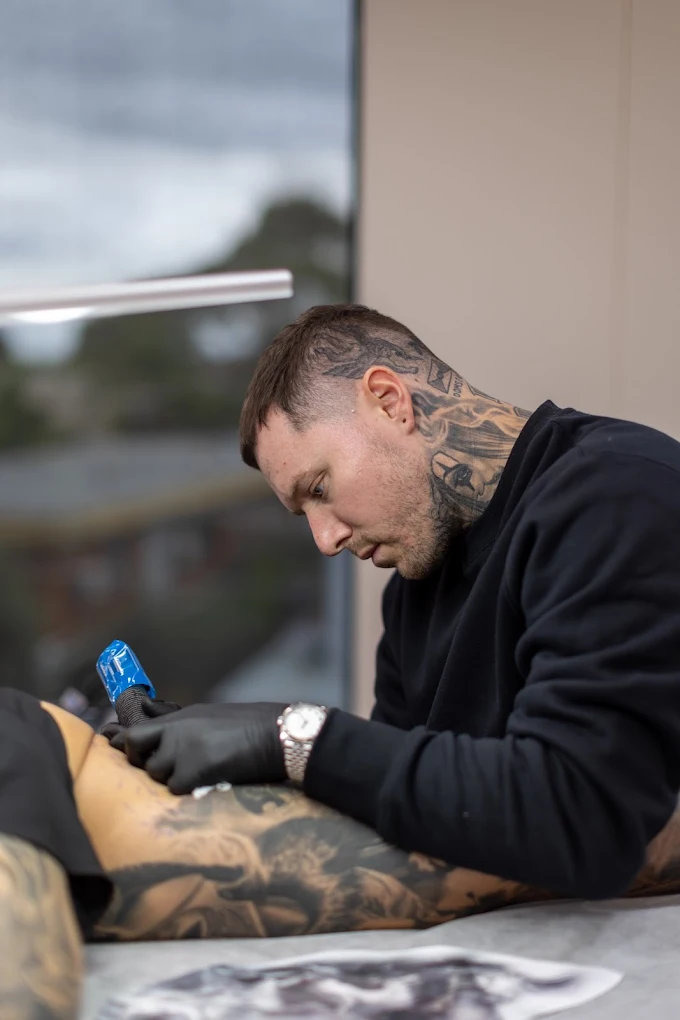
Week 5-8: Style Exploration
This phase involves experimenting with different tattoo styles to discover natural strengths and preferences. Document attempts at traditional, fine line, geometric, and illustrative styles. This variety demonstrates versatility while helping identify your eventual specialisation.
Create dedicated portfolio sections for each style explored. Even if certain styles don’t resonate, showing competence across multiple approaches proves adaptability. Employers value artists who can accommodate diverse client requests, even if they eventually specialise.
Start developing your unique artistic voice within standard styles. Perhaps your traditional work includes unusual colour combinations, or your fine line incorporates distinctive botanical elements. Document these creative explorations—they differentiate your portfolio from countless others showing basic competence.
Include process documentation alongside finished pieces. Photographs or videos showing design development, stencil preparation, and execution provide insight into your working method. This transparency builds trust with potential clients and demonstrates professional approach to tattoo creation.
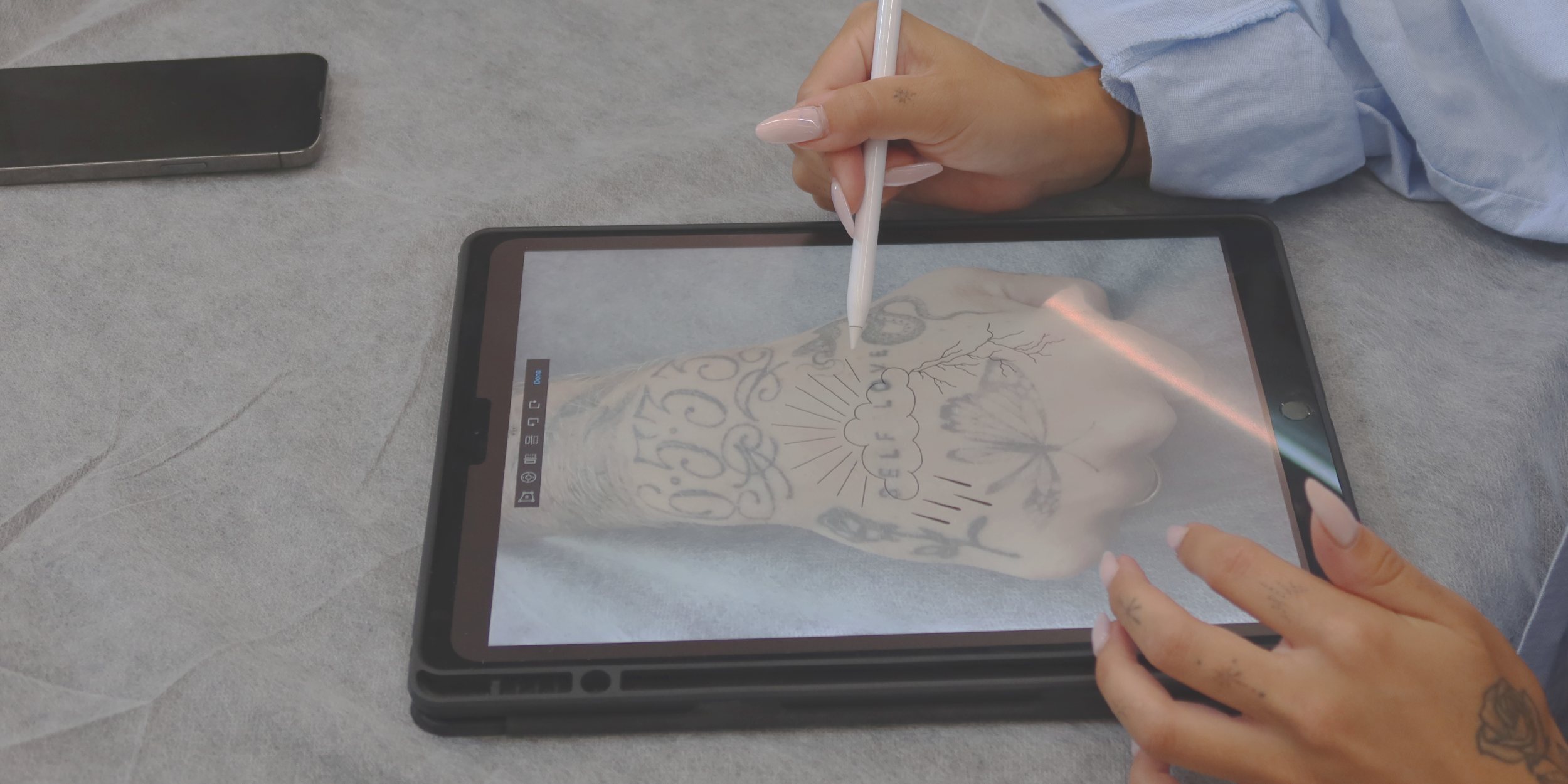
Week 9-12: Design Development
Original design creation separates aspiring professionals from eternal students. Begin developing custom designs rather than copying existing flash. Start simple—modify traditional designs with personal touches before attempting completely original creations.
Document your design process from initial sketches through final tattoo-ready artwork. Include inspiration sources, reference images, and iteration developments. This comprehensive documentation proves you can translate client ideas into executable designs—crucial for professional success.
Create cohesive design sets demonstrating thematic consistency. A series of related botanical designs or geometric patterns shows ability to develop artistic concepts beyond single pieces. These collections suggest potential for larger projects and custom sleeve work.
Digital design skills become increasingly important. Document proficiency with design software, even basic programmes. Show ability to manipulate images, create stencils, and prepare designs for different body placements. These technical skills often matter more than pure artistic ability in commercial settings.

Week 13-16: Mock Client Work
Transitioning from pure practice to simulated client work marks crucial portfolio development. Create design briefs for yourself simulating real client requests. Document the entire process from consultation notes through final execution on practice skin.
Include variety in mock client requests: memorial pieces requiring sensitivity, cover-up work demonstrating problem-solving, and matching tattoos showing precision. This range proves ability to handle diverse professional situations beyond personal artistic preferences.
Photograph pieces on curved practice surfaces mimicking body placement. Flat practice skin photos don’t demonstrate understanding of how designs work on dimensional surfaces. Show designs wrapped around cylindrical objects simulating arms or legs.
Begin practicing consultation documentation. Create mock consultation forms, design agreements, and aftercare instructions. Including these professional documents in your portfolio demonstrates business readiness beyond artistic capability.
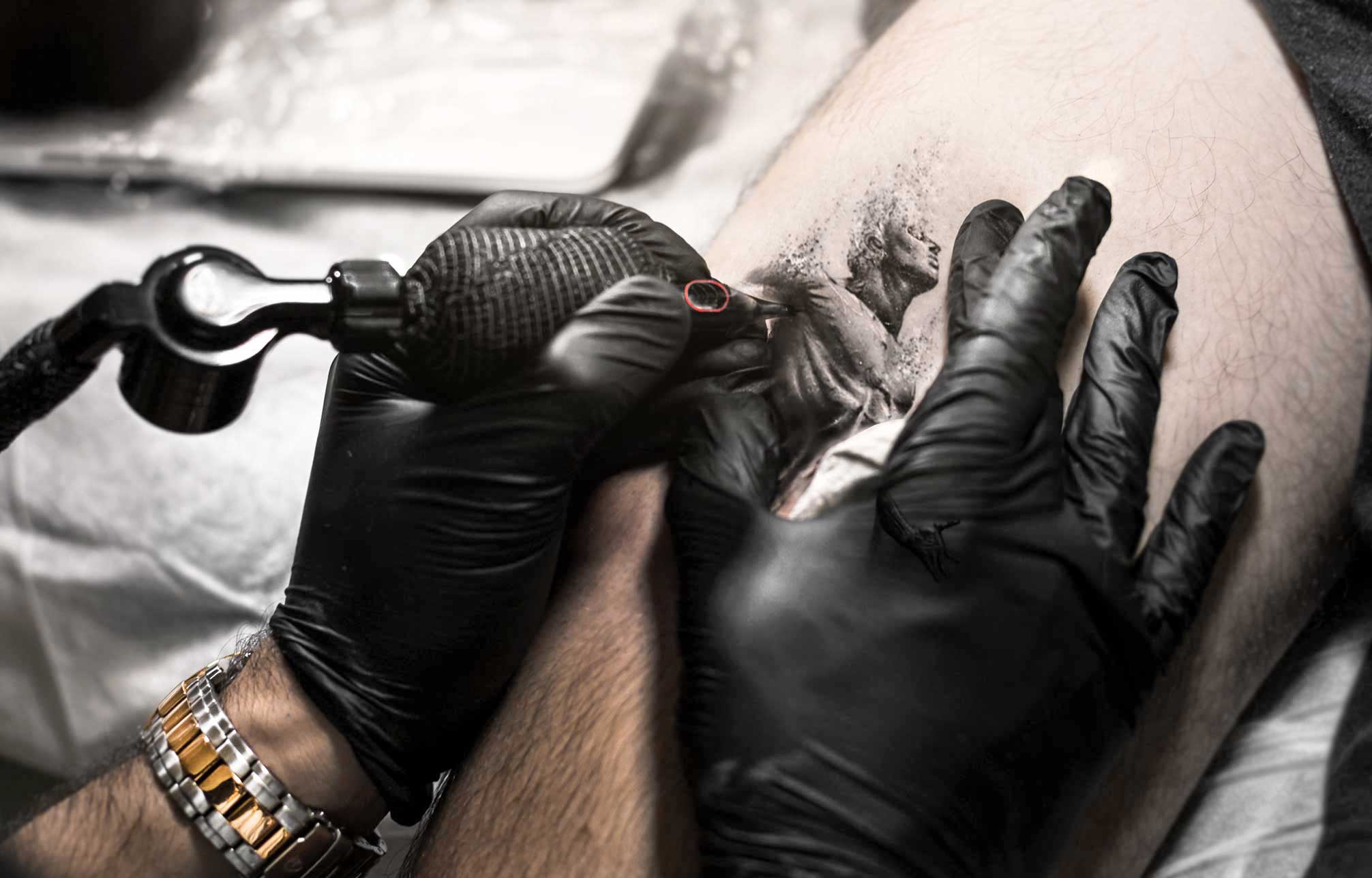
Week 17-20: Advanced Techniques
Advanced technique documentation should emphasise precision and complexity. Showcase colour theory understanding through gradient work, complementary colour combinations, and healing predictions. These sophisticated skills justify progression from student to professional.
Document challenging techniques like white ink highlights, colour packing, and fine detail work. Include extreme close-ups revealing technical excellence. These detailed shots matter more than overall composition when demonstrating advanced capability.
Create before-and-after sequences showing cover-up or rework abilities. Even on practice skin, demonstrating understanding of how to improve existing work proves valuable problem-solving skills. Many clients need corrections or cover-ups, making this portfolio content highly relevant.
Include time-based documentation showing efficiency development. A complex design completed in two hours versus four demonstrates professional speed. Employers value efficiency alongside quality, making speed documentation valuable portfolio content.
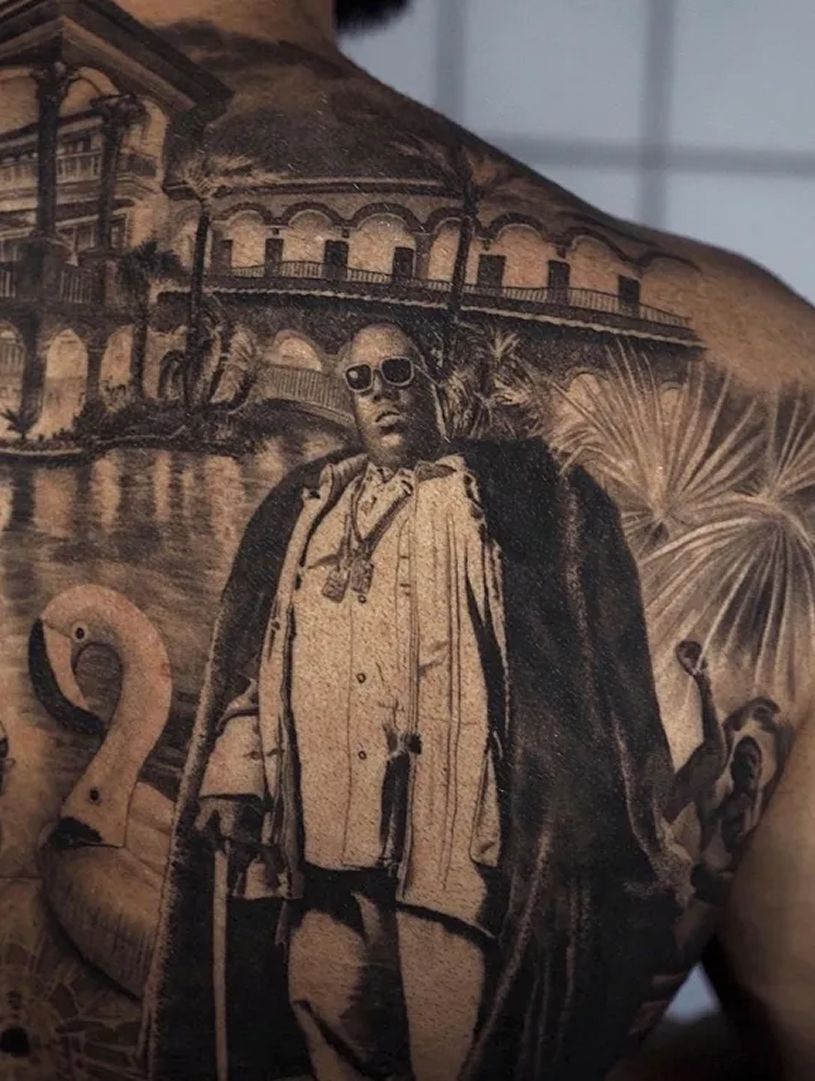
Week 21-24: Professional Presentation
Final weeks focus on curating accumulated documentation into professional portfolio presentation. Select best pieces representing consistent quality rather than including everything. Quality over quantity—15 exceptional pieces outperform 50 mediocre ones.
Organise portfolio logically: technical skills, style variety, original designs, and progression timeline. Create both digital and physical versions. Digital portfolios should load quickly, display properly on mobile devices, and include easy navigation. Physical portfolios need professional printing and presentation.
Develop artist statements explaining your journey, artistic philosophy, and future goals. This narrative context humanises technical documentation. Include brief descriptions for significant pieces explaining challenges overcome or techniques mastered.
Create multiple portfolio versions for different purposes. A comprehensive version for serious employer review, a curated version for quick client browsing, and a social media version optimised for online engagement. Each serves different needs while maintaining consistent quality standards.

Digital Portfolio Optimisation
Your online presence becomes increasingly crucial as course completion approaches. Website development doesn’t require extensive technical skills—platforms like Squarespace or Wix offer tattoo-specific templates. Focus on clean presentation, easy navigation, and mobile responsiveness.
Search engine optimisation helps potential clients find your work. Include location-based keywords, style descriptions, and regular content updates. Blog posts about your learning journey, technique explanations, or design inspiration improve search rankings while demonstrating expertise.
Social media strategy should transition from student to professional. Maintain learning transparency while increasing professional content. Share client testimonials from practice work, discuss technique nuances, and engage with established artists respectfully.
Email marketing preparation begins during training. Collect contact information from practice clients, fellow students, and interested followers. Regular updates about your journey build anticipation for your professional launch. These early supporters become first clients and referral sources.
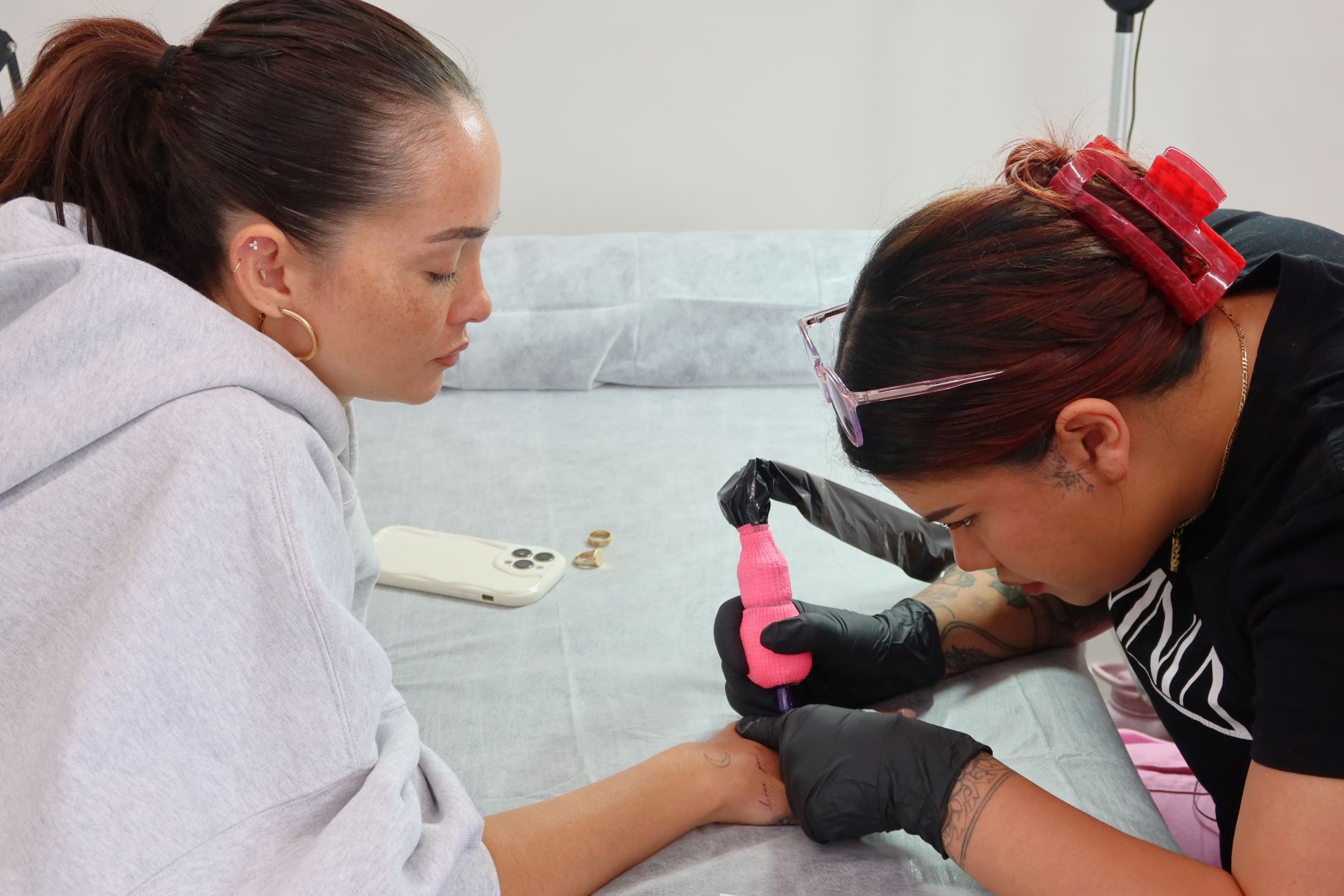
Physical Portfolio Excellence
Despite digital dominance, physical portfolios remain valuable for in-person consultations and job interviews. Invest in quality printing showcasing work accurately. Cheap printing undermines months of careful documentation.
Portfolio book selection matters. Choose professional presentation without ostentation. Black leather or quality fabric covers work well. Avoid overly decorative options that distract from content. Size should be manageable—A4 or similar allows easy handling while displaying work effectively.
Organisation within physical portfolios requires careful consideration. Lead with strongest work to create immediate impact. Group similar styles together for easy navigation. Include brief text descriptions providing context without overwhelming visual impact.
Protect original artwork and important documents in archival sleeves. Include any certificates, testimonials, or achievement documentation. Business cards tucked into portfolio covers provide easy contact information for interested viewers.
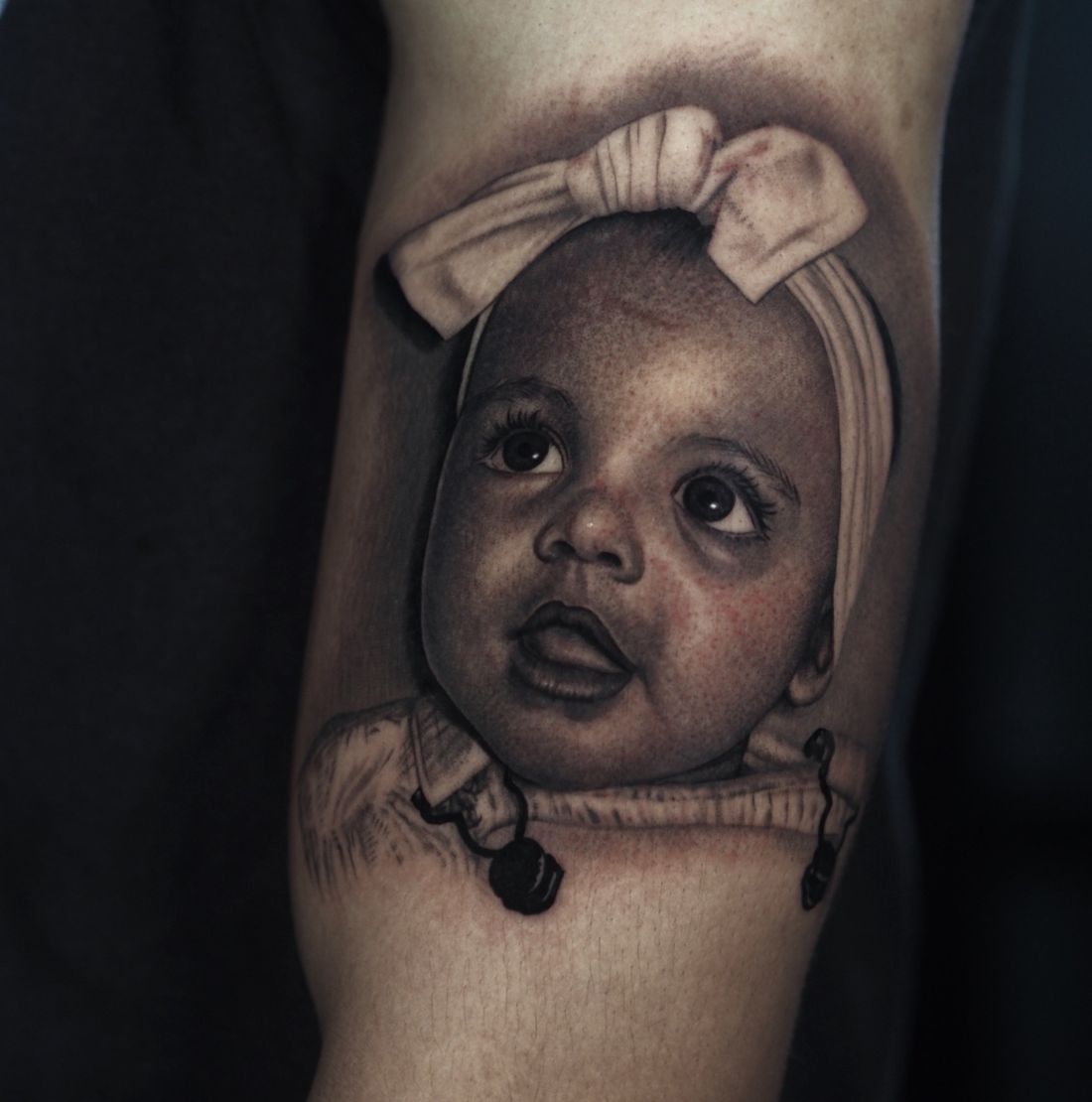
Leveraging Your Portfolio for Success
A well-developed portfolio opens doors throughout your tattoo career. During your online tattoo course, it demonstrates progress to instructors and peers. Upon graduation, it secures employment or attracts initial clients. Long-term, it documents artistic evolution and justifies rate increases.
Regular portfolio updates maintain relevance. Archive older work separately while showcasing current capabilities. This ongoing curation ensures your portfolio accurately represents present skills rather than historical development.
Portfolio versatility enables multiple uses. Extract specific styles for targeted marketing. Create mini-portfolios for event display. Develop specialty collections appealing to niche markets. This flexibility maximises portfolio value beyond initial job seeking.
Remember that portfolios tell stories beyond technical capability. They reveal dedication, professionalism, and artistic vision. A thoughtfully developed portfolio from your online tattoo course journey demonstrates the commitment and capability that launches successful tattoo careers. Start documenting today—your future success depends on the portfolio you build now.




